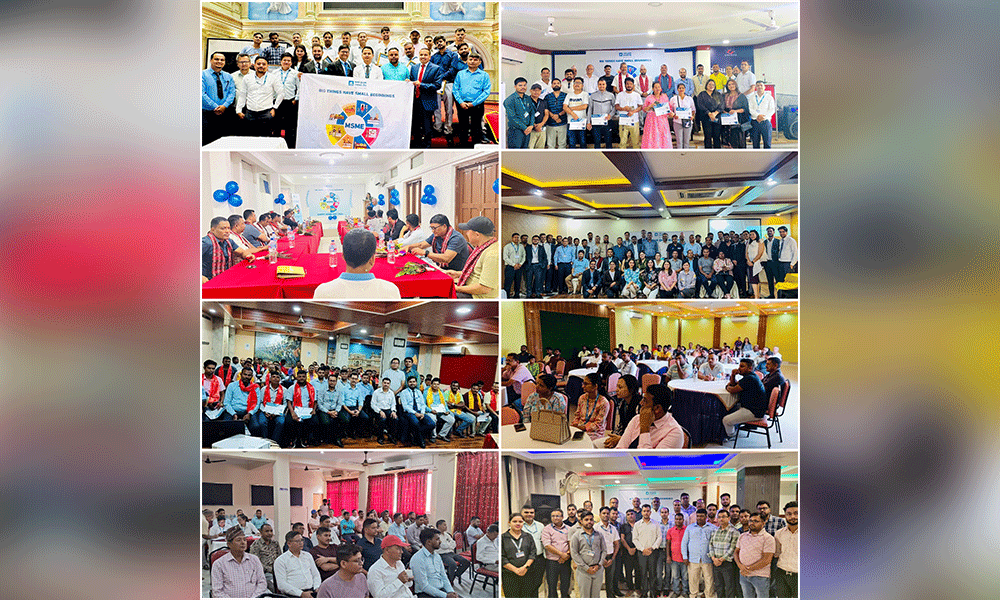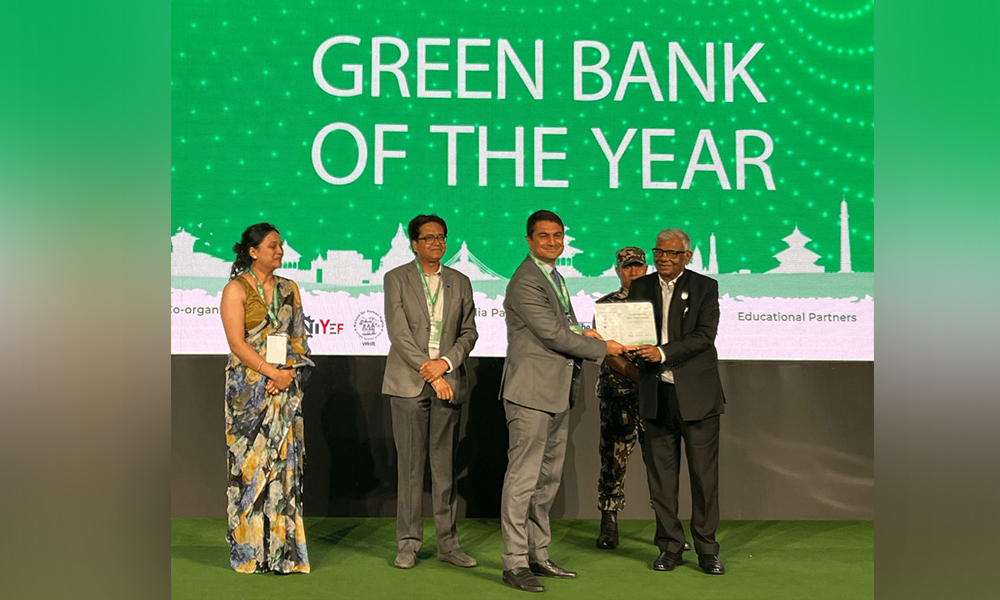Clean feed policy narrows down advertisement market

KATHMANDU: The government enacted the Advertisement (Regulations) Act, 2019 on October 24, 2019 to regulate the advertising market.
Article 6 of the Advertisement (Regulations) Act, 2019 stipulates that foreign channels that are broadcasting in Nepal will have to broadcast without advertisements (‘clean feed’).
The government implemented the clean feed policy from October 23 of the last fiscal year.
Clean Feed simply means television feed without any additional digital on-screen graphics or text in their transmissions. As per the clean feed policy, Nepali channels are not allowed to play advertisements in foreign languages or even foreign advertisements that have been dubbed in Nepali while foreign channels are also not allowed to air advertisements. Even Nepali channels must air only domestic advertisements.
When the Advertisement (Regulations) Act, 2019 came into force, Nepal’s advertising sector was very enthusiastic.
It was believed that as soon as foreign advertisement stops broadcasting on Nepali television, Nepal’s advertising market will skyrocket and many Nepali artists were expected to get a chance to work. However, the expectations so far have turned into despair.
Article 14 of the Advertisement (Regulations) Act, 2019 provides for the formation of an Advertising Board to regulate the entire advertising market, including clean feed.
Although the Act came into force in October, 2076 BS, the advertisement board was formed late.
The KP Oli government had appointed Laxman Humagai as the chairman of the newly formed Advertisement board from the cabinet meeting held on June 14.
The Advertisement Board was completed only after Chairman Humagai took charge from June 17.
Even after 10 months of the implementation of clean feed policy, the government does not seem to have achieved any of its goals.
The government’s policy of focusing only on Nepali television and advertising agencies has not been able to assimilate the latest changes in information technology. As a result, clean feed appears to be ineffective.
After the implementation of clean feed policy, the target was to increase the size of the advertising market to Rs 20 billion. Nepal’s advertising market was around Rs 14 billion before but after the implementation of clean feed, the market has shrunk to Rs 12 billion.
The government’s revenue has also declined due to the loss in the advertising market. Instead of meeting the revenue target after the implementation of clean feed, it has come down by Rs 2 billion.
Som Prasad Dhital, president of the Advertising Association of Nepal (AAN), argues that the market could not grow because of Covid -19.
Dhital said “We couldn’t go to India for marketing due to Covid-19 which led to the downfall in the targeted advertising market”. He hopes that the advertising market will increase in the coming days as this is an early stage of the year.
“We will request Indian companies to make advertisements in Nepal with the strategy of increasing the market after the impact of Covid infection is reduced,” he said.
The advertisement-free policy issued by the government in 2073 BS has said that clean, hygienic and ad-free television can be watched from foreign channels after downlinked and broadcasted in Nepal when clean feed is implemented.
In addition, it aims to make Nepal’s advertising agencies and television self-reliant by producing advertisements of foreign multinational companies in Nepal.















